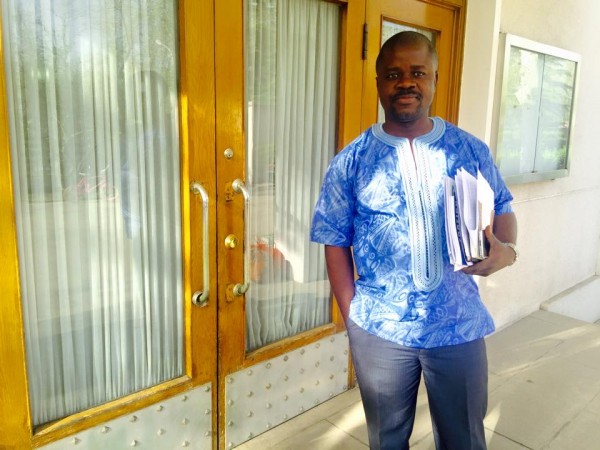
John Baimba Sesay-China
The recent release of the provisional census results by Statistics Sierra Leone should be discussed beyond the realm of party politics as I have seen some doing.
The political crybabies in the opposition have come out, as always, crying loud, shouting foul, with their usual suspicion, behaving like valetudinarians- in this case, extremely concern about election gains (winning). The new ‘child’ in the opposition block, the Alliance Democratic Party-ADP has accepted the results. Commendable, but was obvious for the results are credible.
Whatever political analysis given by political entities, one thing is clear, the results are a true reflection of the reality. Development partners, especially the UN country team have described the result as “satisfactory”, media reports state. And by all indications, President Koroma believes, “the Sierra Leone 2015 Population and Housing Census has been the most comprehensive data collection exercise ever undertaken in our country’s history.” (Speech by His Excellency Dr. Ernest Bai Koroma on the Occasion of the formal launching of the 2015 Population and Housing Census Provisional Results on 31st March 2016). I must commend SSL for a good job so far!
The outcome should now form the platform upon which our development roadmap is discussed, and resource allocation determined. Crucially, it should also bring to the table for discussions, how the process of local governance, decentralization and devolution of functions could be managed, within the context of citizens’ expectations and population growth. No doubt, the result should form discussion points in guiding development partners and more so Government in shaping people’s needs.
At the launch of the Provisional Results on 31st March 2016, President Ernest Koroma underscored the relevance of the process as “a key building block in the development of every country.” The goal, he believes, was “to increase the availability and accessibility of accurate, timely and reliable data on our demographic and socio-economic characteristics” and above all, “designed to support evidence based decisions; to guide policy formulation and the monitoring and evaluation of development frameworks at national, sub-national and sectoral levels.”
Beyond the view of partisan politics, statistical data should be used in determining a nation’s growth path, especially in improving the living standards of the rural poor. Budgetary/resource allocation and service delivery count largely on population. Therefore, policy makers could now use these figure in planning the country’s development trajectory from the viewpoint of what is available and what should be sought, in meeting expectations.
It should also shape discussions along our decentralization and devolution process given the very role that our local councils have in our growth process. It should help in determining how resources are now sent to council and in determining councils’ plans for development.
In 2004, Government reintroduced the process. The first few years of council operations witnessed a plethora of hiccups. Devolving functions as per the Third Schedule of the Local Government Act was not only made difficult, the act itself presented a number of loopholes. Government, it should be noted, had reintroduced the councils with a view of; ensuring participatory governance and; ensuring an effective service delivery system through elected councilors.
Notwithstanding the bottlenecks the process was faced with, the election of President Koroma in 2007 brought in a new sense of direction. Councils are now working, wards becoming more functional with few challenges, and budgets and a good percent of functions decentralized and devolved.
Government has invested hugely in building the capacity of local councils to enable them execute their statutory functions. Since 2007, central government fiscal disbursement to the local councils has more than doubled. This was to enable councils scale up the provision of social services, including primary and secondary health, primary and junior-secondary education, agricultural extension services, rural water supply and solid waste management.
But there are more expectations now in terms of performance. An increase in population eventually means more expectations from the people at the local level. And the councils should obviously work with the relevant sectoral agencies and ministries if they should come up with more tangible development plans.
Factually so, the 2012 manifesto for the governing party makes provision for strategies in fostering the decentralization process .They include, amongst others; ensure MDAs devolve residual functions and build local council capacities; facilitate timely, predictable and increased performance-based fiscal transfers to local councils; support local councils to create conducive environments for private sector development and empower communities to undertake local economic developments. Time for a review!
The latest figures would broaden councils’ work, performance and expected outputs. The councils should now rise to this challenge presented them, which eventually would lead to them making more gains. The political will is there from the central government. In all, how the councils ensure proper resource mobilization is most crucial if they should move in tandem with the growth in population.




